“Sonoran Venom” my home made nature documentary that I produced 8 years ago on my first trip to the Sonora Desert
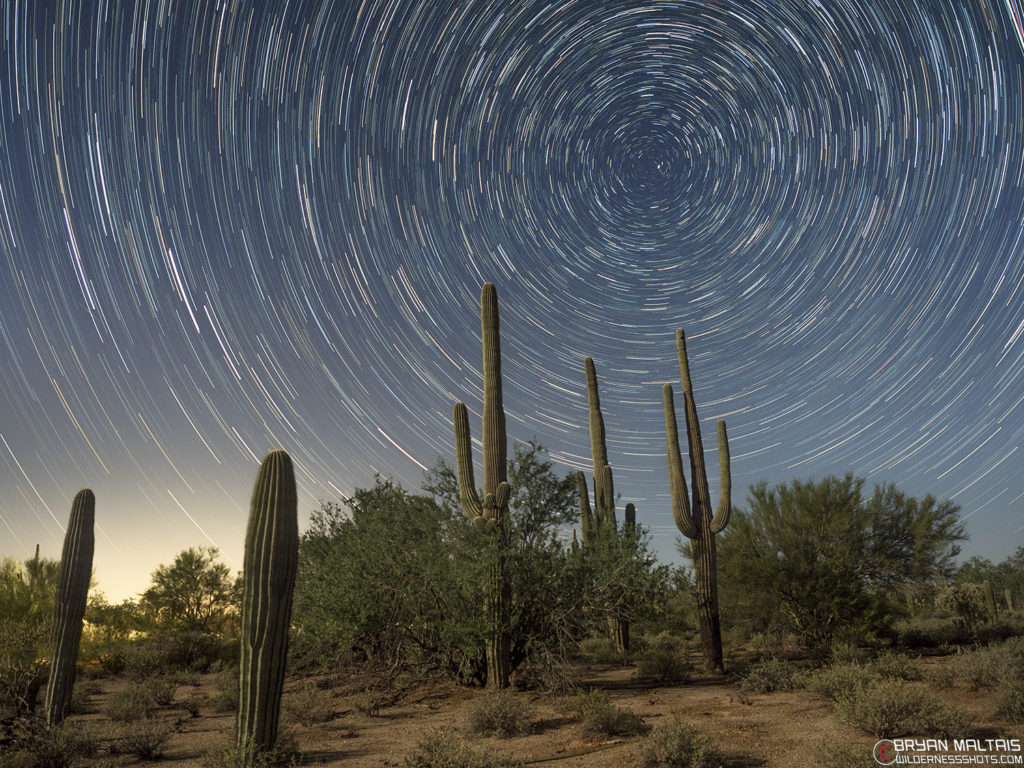 During 9 days in the Sonora Desert with over 1000 miles driven, many miles hiked, and countless hours of searching, I found only a handful of herp species. It was a grueling amount of work for a species count that I could have found in a few hours in other ecosystems. I tried to schedule this trip to coincide with the monsoon rains, but most of them came before I arrived. Even the downpours that I was present for didn’t seem to coax out many herps. I think Tucson is an amazing place for herping if you live there because you can head out whenever conditions are right and slowly amass an impressive life list of the region’s interesting species. There were a few times where I became so discouraged that I wanted to go home, but now reminiscing over the photos that I captured I want to return. Not just a metaphor, herping is absolutely a treasure hunt. You’re plotting courses, reading the terrain, awake during odd hours, traversing long distances, and intimately exposed to nature in all of her full frontal beauty in pursuit of hidden gems.
During 9 days in the Sonora Desert with over 1000 miles driven, many miles hiked, and countless hours of searching, I found only a handful of herp species. It was a grueling amount of work for a species count that I could have found in a few hours in other ecosystems. I tried to schedule this trip to coincide with the monsoon rains, but most of them came before I arrived. Even the downpours that I was present for didn’t seem to coax out many herps. I think Tucson is an amazing place for herping if you live there because you can head out whenever conditions are right and slowly amass an impressive life list of the region’s interesting species. There were a few times where I became so discouraged that I wanted to go home, but now reminiscing over the photos that I captured I want to return. Not just a metaphor, herping is absolutely a treasure hunt. You’re plotting courses, reading the terrain, awake during odd hours, traversing long distances, and intimately exposed to nature in all of her full frontal beauty in pursuit of hidden gems.
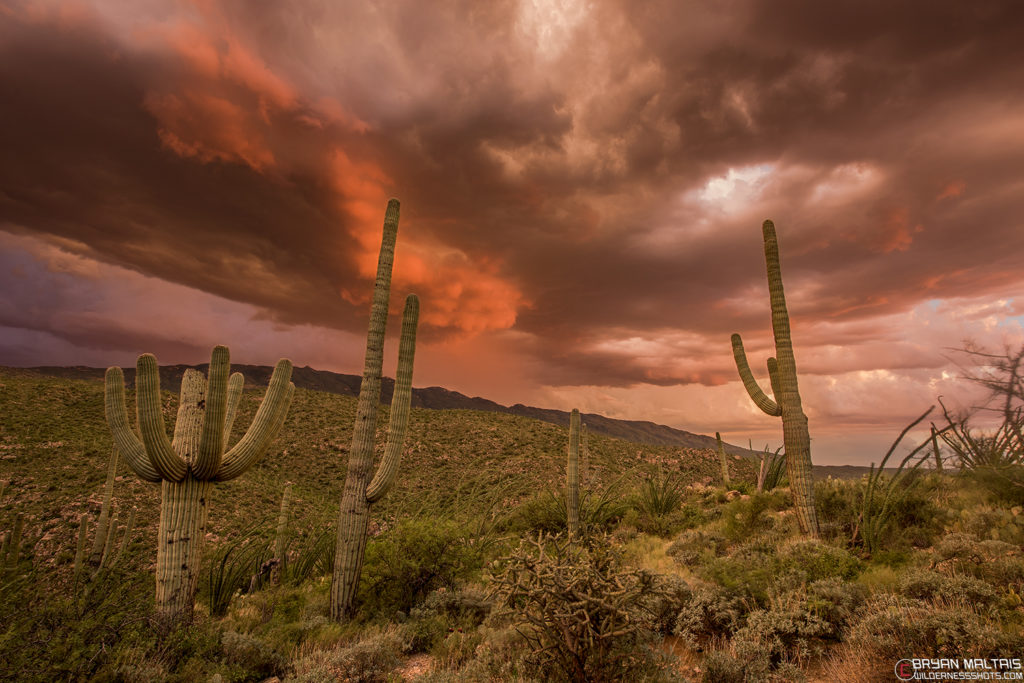
This monsoon cloud rolled in with a strong wind and a brief shower of huge drops. It gave me perhaps the best susnet colors that I’ve photographed. Shot with Nikon D810 and 14-24mm lens.
My low success rate aside, I love the Tucson Sonora Desert because it’s a parallel universe to what I’m used to. It’s a big city surrounded by desert wilderness. When you get to the edge of town you’re in nature; there’s no urban sprawl or big ag connecting it to the next metro area. For photographers, that means a short drive to the city limits brings you to gorgeous subject matter. There are mountains in every direction so you get both great sunrises and sets. Towering Saguaros stand at attention to serve as interesting foreground subjects. You can also actually see the Milky Way brightly from outside of town. The biological diversity provided by the desert and its Sky Islands will keep any wildlife photographer busy for a lifetime, be it herps, birds, insects, or tropical mammal species that make their way into the lower 48.
- I really wanted to find one of these giant, poison Sonoran Desert Toads. I was extacic after I found this one outside of Phoenix, but they would turn out to be everywhere that I went.
- This is a juvenile Sonoran Desert Toad, even though it’s already far larger than the largest adult of other toad species.
There were are some pretty notable challenges to herping in the Sonora Desert that only added to the adventure. Most obvious was the heat. When I landed in Phoenix to grab my rental it was over 115°. When I first stepped into the Arizona sun I felt like a cockroach and scrambled for shelter. It seemed like such a fatal heat to me that I looked around to see if people were dropping dead. Tucson, at a higher elevation, was an arctic 110° by day. Because I was living out of my rented SUV and camping for the week, I had to find ways to escape the heat. Essentially I was perpetually soaked in sweat and endlessly chugging water. Trying to fall asleep while sticky and overheated was the most difficult part. Reprieve came at elevation while I was exploring the sky islands where it dipped into the 60’s at night.
Another challenge was the swarms of what were, as far as I could tell, fruit flies. After sunset the air became filled with clouds of these macroscopic flies who landed on every patch of exposed skin and flew into my ears, nose and corners of my eyes. They were so tiny that they became entangled in my sweaty arm hair and I had to wipe off scores of the smooshed little bastards each night. I theorize that they could have been associated with the sweet, sticky red fruit of the Prickly Pear Cactus that was now ripe and littering the desert floor.
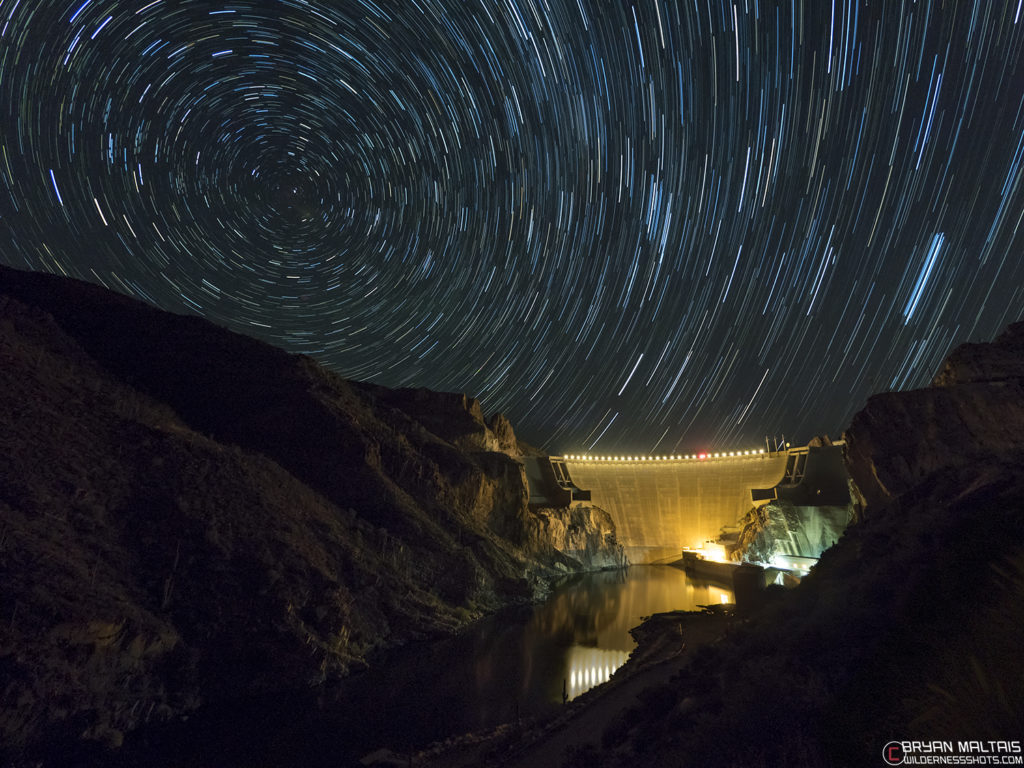
I unexpectedly passed the Roosevelt dam while cruising through the Superstition Mountains and shot this 45 minute star trail exposure
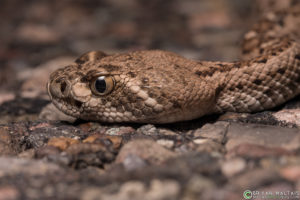
Western Diamondback Rattlesnake juvenile. After I approached the snake I realized that the front half was trying to slither off, but its tail was crushed and stuck to the pavement by its entrails. I drove over him to end it, which broke my heart. .
Road cruising, as most herpers know, is an efficient way of finding snakes crossing the road. During the weekdays I had all of the back roads to myself as if nobody lived in Arizona. In some places I could park in the middle of the road and comfortably take my time photographing snakes without fear that anybody would be by for hours. Not so on the weekends. One vacant dirt road outside of Tucson that I’d worked all week became a hailstorm of 4×4 activity on Friday night, which held fatal consequences for the animals trying to cross it. Arizona has a special breed of desert off-roaders; meat-headed hooligans straight out of Mad Max who run crazy jeeps with so much suspension lift that they’re practically wobbling boxes on springs. Trains of them barrelled up and down the road throughout the night, flattening absolutely everything in their paths. As I slowly made my way up the road, I came across the poor flat snakes that I’d worked so hard to find alive. I didn’t capture a single live photo of the region’s most common Rattlesnake, the Western Diamondback, because every one that I encountered was squished. As soon as I was passed by a Jeep, I could forget about finding anything alive ahead of me.
- The Vinegaroon, a giant arachnid that sprays acetic acid from its abdomen as a deterent.
- Also fittingly called the Giant Whip Sorpion.
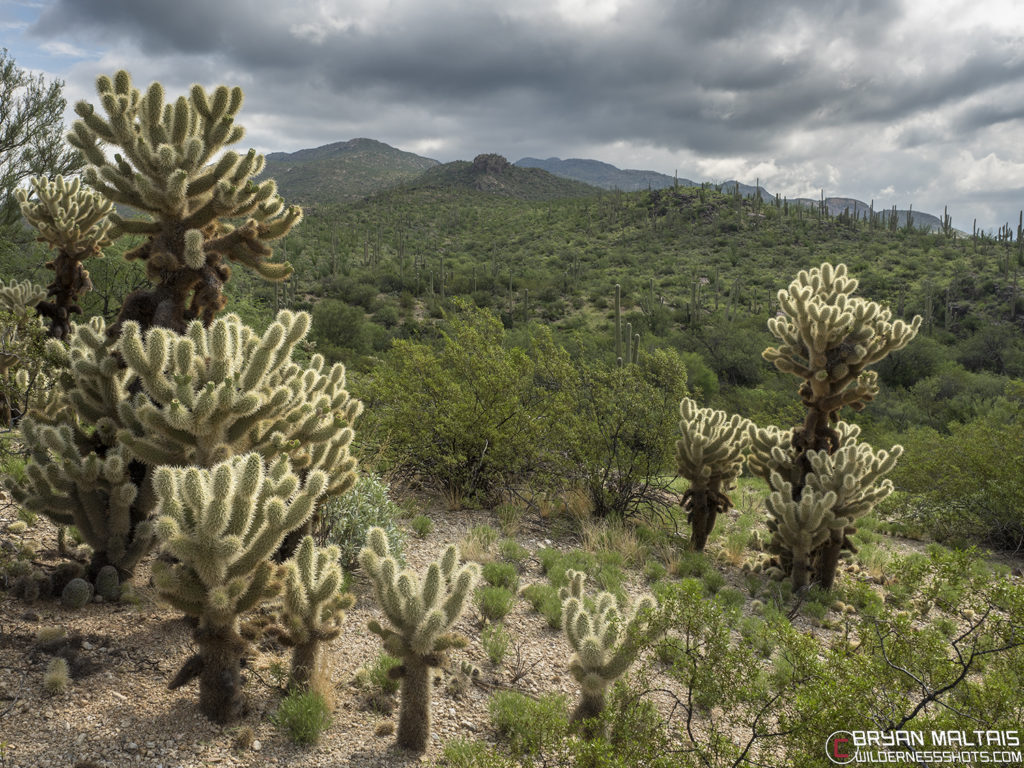
Near the East/Rincon section of Saguaro National Park. Shot with the Olympus E-M5 II on Hi-res mode, producing a 9216×6912 px Raw image.
I had a lot of interesting experiences too. Late one night after I’d finally managed to fall asleep in the back of my rental, I was shocked awake by what sounded like a soccer team rampaging through my campsite. At first I was startled, but then I knew right what it was. Sure enough, I shined my flash light on a large herd of roving Javelina, a type of Peccary (wild pig). Another evening I was cruising up the Santa Catalina mountains and saw a strange glow around the next curve. It turned out to be an entomologist attracting flying insects to a “light trap”, which is composed of a bright main light that draws them into the area, and then a black light against a white bed sheet where they land. He was conducting a Wood-boring Beetle survey. The diversity of insects perched on the white sheet was fascinating and I used to the opportunity to practice identifying all of the insect orders that I could remember. The Tucson Sky Islands’ biodiversity make them a nerd paradise. I could have just as easily spent the week photographing the region’s large, prehistoric looking arthropods. Or birds too for that matter. One evening I was rushing to the top of the Huachuca mountains by sunset to find mountain Rattlesnakes emerging when I was halted by a big group of birders in the middle of the dirt road. They’d spied a Pygmy Owl high in the treetop. They let me view him through their spotting scope and he just looked like a gray round poof ball with a little face.
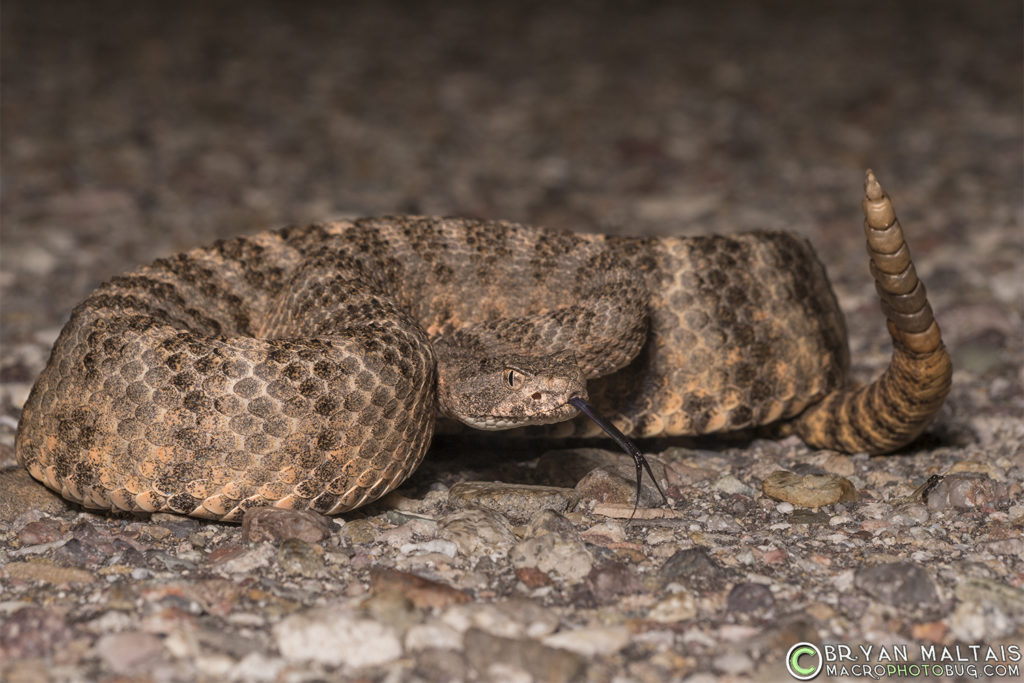
The Tiger Rattlensake (Crotalus tigris) has been on several occasions a very calm, non-aggressive, easy to photograph snake. It’s the most toxic Rattlesnake, possessing neurotoxin, which can potentially kill you by interfering with the heart beat, breathing and muscle contraction.
The desert is full of seediness, and crawling with authority to thwart it. On my first trip to the Sonora Desert 8 years ago I was was stopped by border patrol several times while cruising back roads near the Mexico border. On one occasion an agent in his SUV followed me with no lights to observe me before pulling me over. After all, I was driving slowly back and forth along the same stretch of road with a spotlight shining into the bush, so I kinda fit the profile. After seeing that I was just a harmless nerd, he actually radioed in, “herpetologist”. He informed me that along with illegal immigration in the area there have been violent shootouts from drug runners that have left several agents dead. With that intel in mind, and being alone, I packed accordingly on this trip. It seems that in the past few years Border Patrol has evolved to recognize and ignore herpers. This time I was simply passed by several BP trucks.
One afternoon I sat down by myself at the bar of a cheap restaurant for a quick meal and a break from the heat. Another guy sat down and began chatting me up. By the end of my meal he became comfortable enough to admit that he’d been involved in drug running, and buried several bodies in the desert. Did I believe him? I dunno, much of the desert soil that I encountered was composed of calcic horizons; basically dirt mixed with calcium carbonate that solidifies into a concrete-like layer. It would be more likely to simply dump a body in the desert to be consumed by Javelina, Vultures, and Coyotes than to actually dig into it with a shovel. Nonetheless, the reaches of the desert apparently are used for unsavory activity. While on a desolate road in the Santa Rita Mountains where you’d expect to find no man, I pulled over and walked into the bush to take some shots. Within minutes, two sheriffs in an SUV materialized from out of nowhere to inspect my empty car sitting in the middle of the desert. When I greeted them the conversation went something like this:
“Sir I just need to see some ID and ask what you’re doing out here?”
“What is herping?”
“So is that like birding?”
“Ok, have a good evening and be safe.”
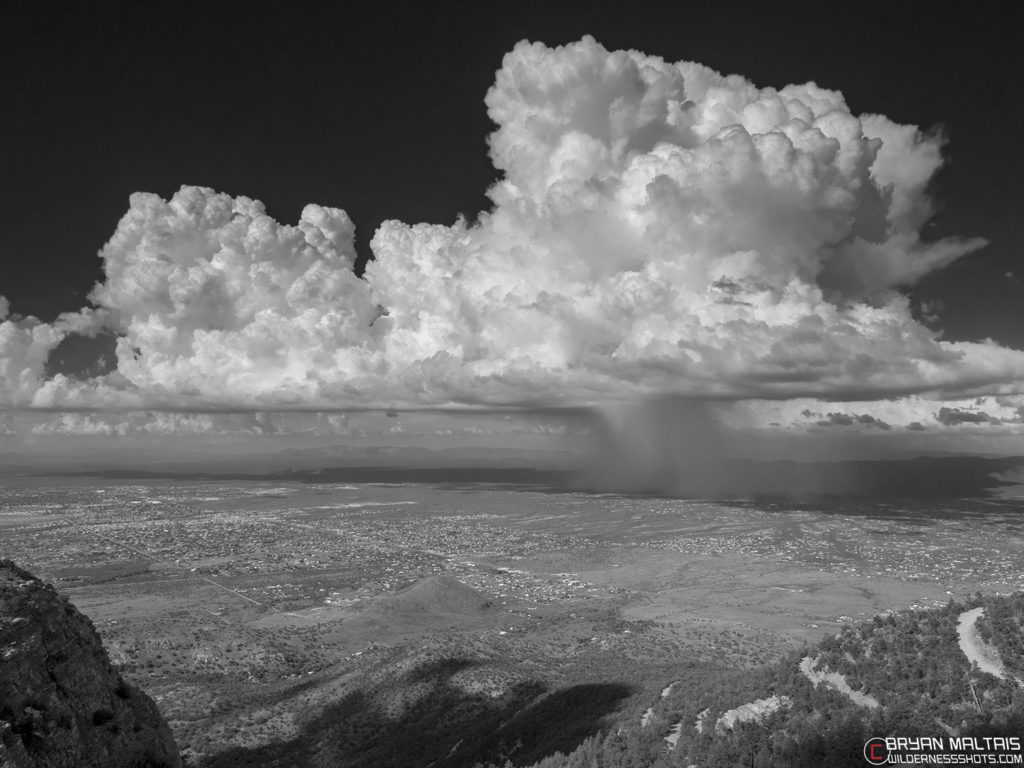
A beautiful example of a monsoon rain storm sweeping across the desert floor. Taken form the top of the Huachuca Mountains.
If you’re a herper, you’ve probably caught on that this blog is more about colorful stories in the desert than specific locations where I found herp species. I won’t discuss any locations of where I took these photos because, despite ecologically-minded herpers out there, there will always be unsavory reptile collectors looking for locations whom I don’t want to help. Besides, my trip was kind of a crap shoot that lacked local knowledge, so you’re probably just as well off figuring it out on your own.
- A colorful female Couch’s Spadefoot Toad
- Parts of the desert became noisy with the calls of male Spadefoot toads in puddles
People shriek at the mention of purposely setting out to find and photograph Rattlesnakes because they think there’s at least a 50% chance that I’ll be envenomated and die an excruciating death among the cacti; a misconception borne of the false belief that snakes chase and attack people. Photographing Rattlesnakes is among the less dangerous types of photography that I do. It’s probably exponentially less risky than when I go on a Winter back country hike into the Rocky Mountains by dark for a sunrise shot. Typically when I find a Rattlesnake on the road and approach it, the snake first tries to escape into the brush without incident. Most Rattlesnakes are slow movers, so I can step in front of them to get them to coil up. When I say step in front of, I’m a few feet off and well outside of strike distance. Once coiled, the snake usually remains still and silent, hoping its camouflage will do the job. This allows me to methodically compose and take the shot. I usually lay on my belly to get an eye-level perspective, and get close enough to fill the frame with the snake while staying outside of strike distance. When I encounter snakes during the day I can photograph them farther off because I like to shoot wider angle views that include the environment. The Rattlesnake is essentially terrified, and will typically only attempt to uncoil and crawl away when it senses that the threat has passed. I have one photo of a Western Rattlesnake in Colorado with its head reared up, but that’s only because I lifted and moved him with my tripod leg. Rattlesnakes have been peaceful and avoidant on every encounter that I’ve had with them. My first job out of college was as a wildlife technician in the Smoky Mountains of North Carolina where thick, 4+ ft Timber Rattlesnakes were common. Part of my job was bush-whacking off-trail through the underbrush to sample types of vegetation that Elk were feeding on. On several occasions I nearly stepped on coiled Timber Rattlers without incident. In comparison, many harmless non-venomous snakes like Yellow-belly Racers and Bull Snakes crazily strike at anything that gets close. One Summer I walked down my driveway and passed a slithering Bull Snake that was making his way to my backyard. Even though I was a few feet away and didn’t even see him, he reared his head up and began hissing like a leaking tire. The loud hissing is how I even noticed him. I was like, “Bro, chill out I’m just checking my mail”. Rattlesnakes can pose significant danger if accidentally stepped on or if you stick your foot in one’s mouth. However, they don’t chase and attack, so you’re a massive douche if you wantonly kill them.
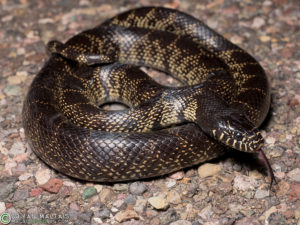
Desert King Snake (Lampropeltis getula splendida). It was either grab him as he quickly slithered into the brush or miss the shot. When I grabbed him he didn’t bite, but coiled all against my arm to smear a stinky mixture of putrid musk and crap on me, as Colubrids do. Glad I had peppermint soap and some water with me.
The Sonora Desert is a conflicting place to be a photographer because there are so many different subject matters to capture. I had to stick to my guns that this was a herping trip, and avoid the temptation to shoot landscapes around practically every corner. The landscapes and star trails that I did post in this blog are the few cheats that I allowed myself. For 8 years since my last Sonora trip I’ve visualized a specific scene repeatedly in my mind that I wished to capture if I ever did return. It was of Saguaros in the foreground being lit by the setting sun, with desert mountains in the background, and big, dramatic monsoon clouds. Nature indeed provided me with this exact shot. Thanks nature! Thankfully the moon was very bright while I was there, otherwise I’d have been tempted to shoot the Milky Way too. I could have also spent the entire week shooting macro photography just of the diverse and large insects in the desert and the Sky Islands. However, the lens and flash configurations for each different type of photography are complex enough that it’s simply not time efficient to constantly change setups between subjects. Hell, after writing this paragraph I’m so tempted to go back and shoot everything that I missed that I just checked airline prices for a quick return trip in September. Round trip tickets were 75$.
**S E V E N T Y F I V E D O L L A R S !!!!!**
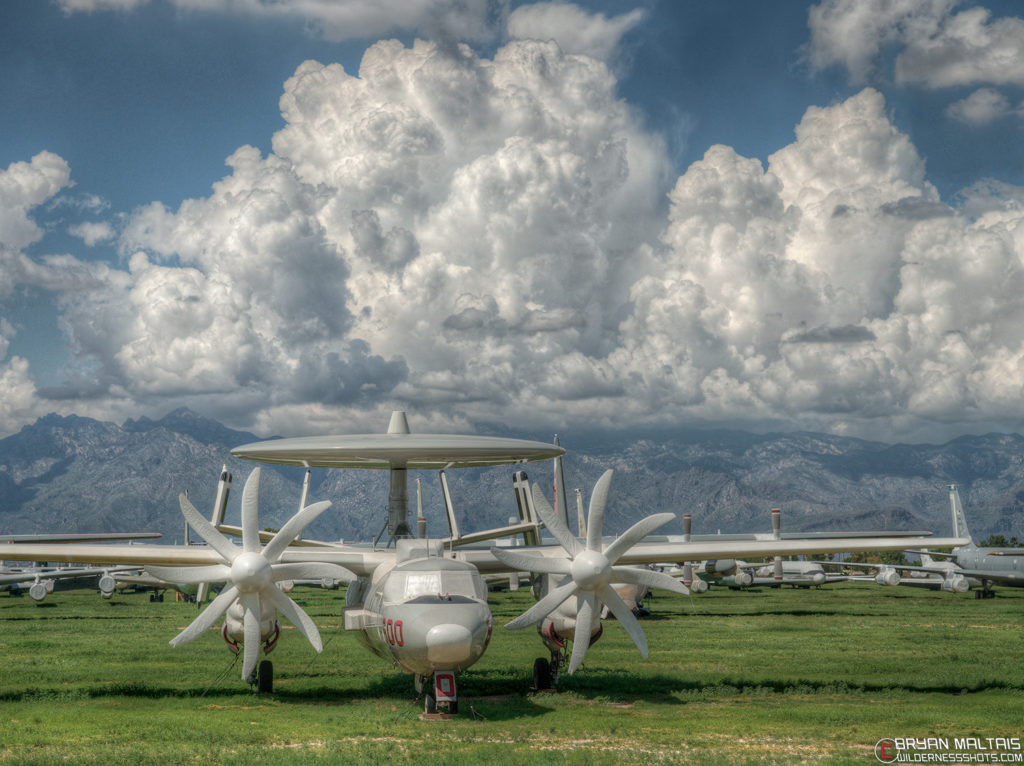 Aside from herping, I visited the famous Boneyard at Davis-Monthan Air Force base, which I’ve been looking forward to touring for years. The Boneyard is an aviation marvel of a constantly changing stock of between 3,500 and 5,000 decommissioned military aircraft. Some are preserved in case an event calls them back to duty, while others are scavenged for parts. Ultimately, all will be shredded at a certain point to make room for more aircraft. Tucson was chosen as the site of the boneyard obviously for its non-corrosive dry climate, and also because the soil is hard like concrete even after monsoon rains, so the cost of laying a vast tarmac could be spared. As a kid I was a huge military aviation buff and still am to a certain extent. My dad was a chopper pilot in the Army, which allowed him access to all US military bases. Growing up in Jersey, many of our vacations consisted of driving to the Air Force bases along the east coast where I’d foam over all the jet fighters and cargo planes parked on the tarmac. The boneyard contained almost every model of US warplane since the 70’s, but there were a few notable sights. It was incredible to see rows of the massive C-5 Galaxy, the free world’s largest ever airplane, parked dozens deep like toys. Once formidable B-1 supersonic tactical bombers laid defunct and torn apart.
Aside from herping, I visited the famous Boneyard at Davis-Monthan Air Force base, which I’ve been looking forward to touring for years. The Boneyard is an aviation marvel of a constantly changing stock of between 3,500 and 5,000 decommissioned military aircraft. Some are preserved in case an event calls them back to duty, while others are scavenged for parts. Ultimately, all will be shredded at a certain point to make room for more aircraft. Tucson was chosen as the site of the boneyard obviously for its non-corrosive dry climate, and also because the soil is hard like concrete even after monsoon rains, so the cost of laying a vast tarmac could be spared. As a kid I was a huge military aviation buff and still am to a certain extent. My dad was a chopper pilot in the Army, which allowed him access to all US military bases. Growing up in Jersey, many of our vacations consisted of driving to the Air Force bases along the east coast where I’d foam over all the jet fighters and cargo planes parked on the tarmac. The boneyard contained almost every model of US warplane since the 70’s, but there were a few notable sights. It was incredible to see rows of the massive C-5 Galaxy, the free world’s largest ever airplane, parked dozens deep like toys. Once formidable B-1 supersonic tactical bombers laid defunct and torn apart.
- A-10 Thunderbolt PIMA aviation museum
- B-1 Lancer
- C-5 Galaxy
- S-3 Viking
- Rows of C-5’s
- rows and rows of cool shit
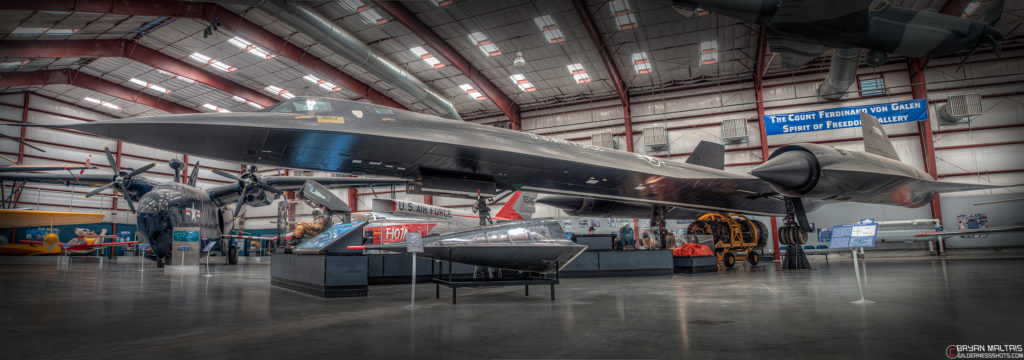
The SR-71 Blackbird inside the PIMA museum, a spy plane designed in the 60’s, flew so high and so fast that it could fly right over Russia without being hit by missiles. HDR Panoramic.
What should you know about touring the Boneyard as a photographer ? The Boneyard is an active Air Force base that can only be accessed by guided coach bus tour. The large, air-conditioned coach departs from the PIMA aviation museum and drives along the permitted, paved roads within the boneyard. Get in line to board the bus way early to ensure nabbing a window seat. I went on a weekday, and probably wouldn’t bother with the crowds on weekends. You’ll be shooting through tinted, permanently closed windows. Hold the camera against the glass to avoid reflections if possible. I had to do a ton of processing to remove huge white reflections in the photos above. During the first half of the tour, the bus stops briefly in front of each aircraft. Here volunteer retirees, once themselves pilots, talk about each plane. During the second half, the bus drives quickly up and down the rows without stopping, so it’ll be shotgun photography with a lot of panning. You get great views sitting on either side of the bus, but I’d probably recommend the right (passenger) side by a narrow margin as of Aug 2016.
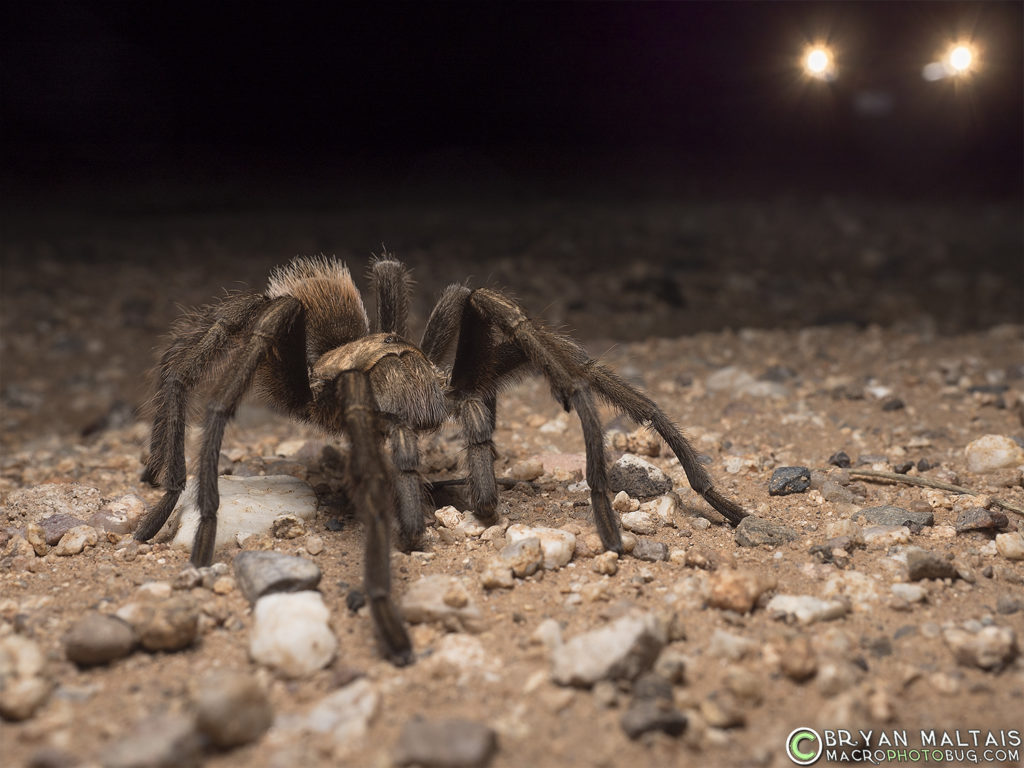
The Arizona Blond Tarantula (Aphonopelma chalcodes) was extremely common throughout the Tucson area.
Photography Equipment
Most of my herp shots were at night with flash, so the key was to diffuse the light over a broad area and eliminate harsh shadows. I used the Neewer 300 flash. It’s extremely cheap, but somehow manages to offer consistent light output, very fast recycle time, long battery life, high output for its small size, accurate TTL exposure, and full manual control. For light diffusion I used a Fotodiox collapsible softbox. In the photos you can see that it produced extremely even, pleasant lighting with smooth shadows. If done properly, the casual observer should question if a photo was actually taken with flash, and I think that’s how these turned out. The softbox is designed for larger flashes, so getting to tightly fit the small Neewer is a bit tricky at first, but it will work.
I used the Olympus O-MD E-M5 II camera body. Even though I had my bulky 36mp Nikon D810 along for landscape shots, I still chose to use the tiny 16mp Olympus because of its field prowess. I can shoot down on the ground at eye level with snakes without even having to get behind the camera because of its flip out screen. The camera can also focus and display the composition on the live screen in near darkness. It’s simply far smaller and lighter to maneuver.
I used the Olympus 12-40mm f/2.8 lens, which I found to be perfect for herp photography. It’s equivalent to 24-80mm full frame. It’s great for “animal in its habitat” shots because it can shoot wide angle while focusing extremely close. It’s easy to switch from wide angle to close up because the lens can achieve almost 1:1 macro magnification. If you’re not comfortable getting close to rattlesnakes, 40mm may be slightly weak for you. It’s deadly sharp too, so resolute in fact that I was opting to shoot landscapes with it on 64mp Hi-res mode, instead of using my Nikon D810. I also used this lens for its wide f/2.8 aperture to shoot star trails using the E-M5 II’s live composite mode.
There are many ways to configure mounting the flash, and I used the pictured combo of a metal L bracket with a small swivel head. The swivel head is necessary because you’ll need to reposition the flash angle frequently depending on the distance of your subject. The swivel head is very sturdy for the price, but doesn’t mount securely to the L bracket. To overcome this I bonded it with JB Weld. That makes a permanent bond between the bracket and the head that can’t be disassembled, which is fine with me because I only ever use them in this configuration.
–Olympus E-M5 II Body
–Olympus 12-40mm Zoom Lens
–Neewer 300 Mini Flash for Olympus
–Olympus Flash Cord
–Fotodiox Flash Softbox
-Flash Swivel Head
-Flash L Bracket

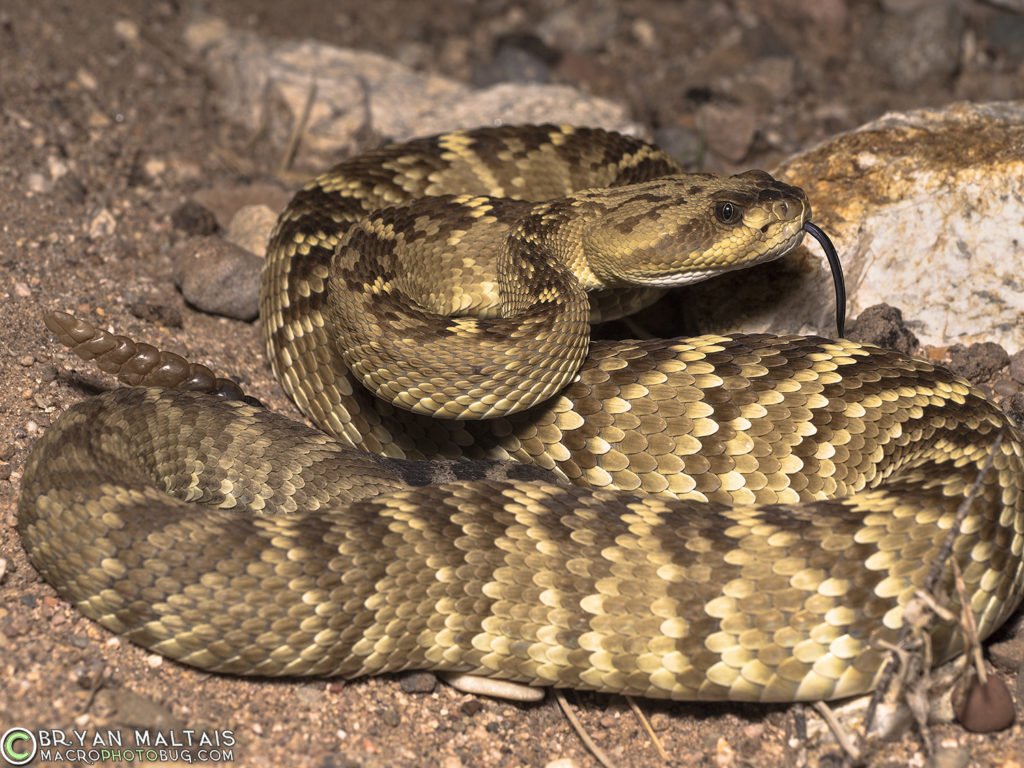
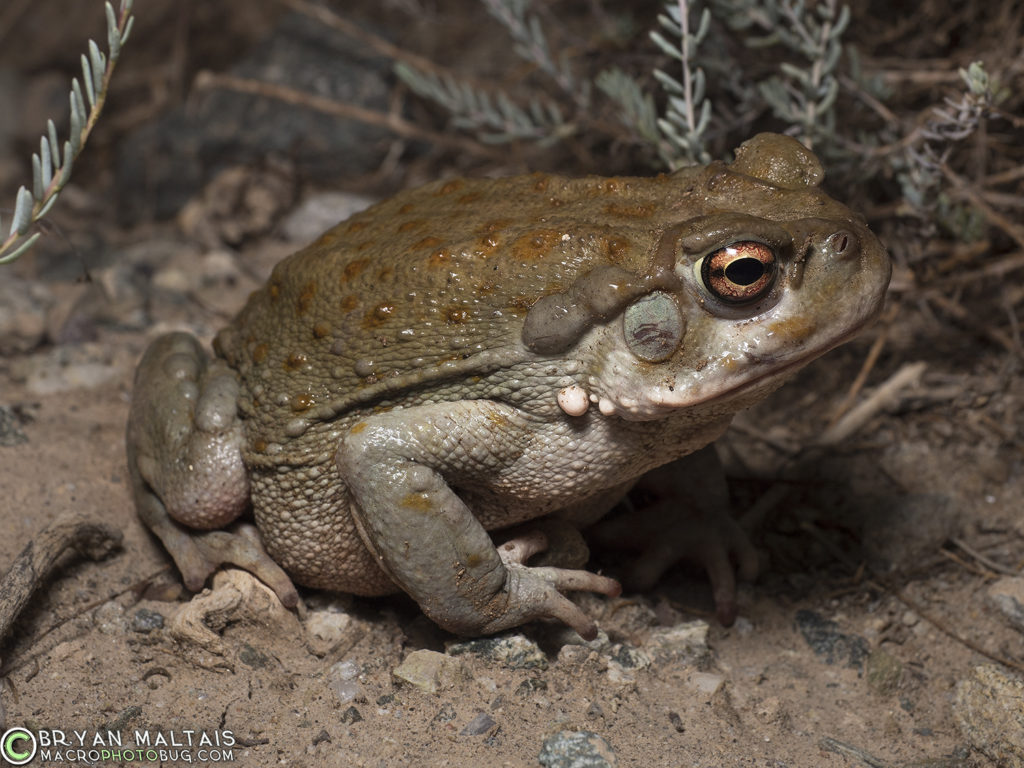
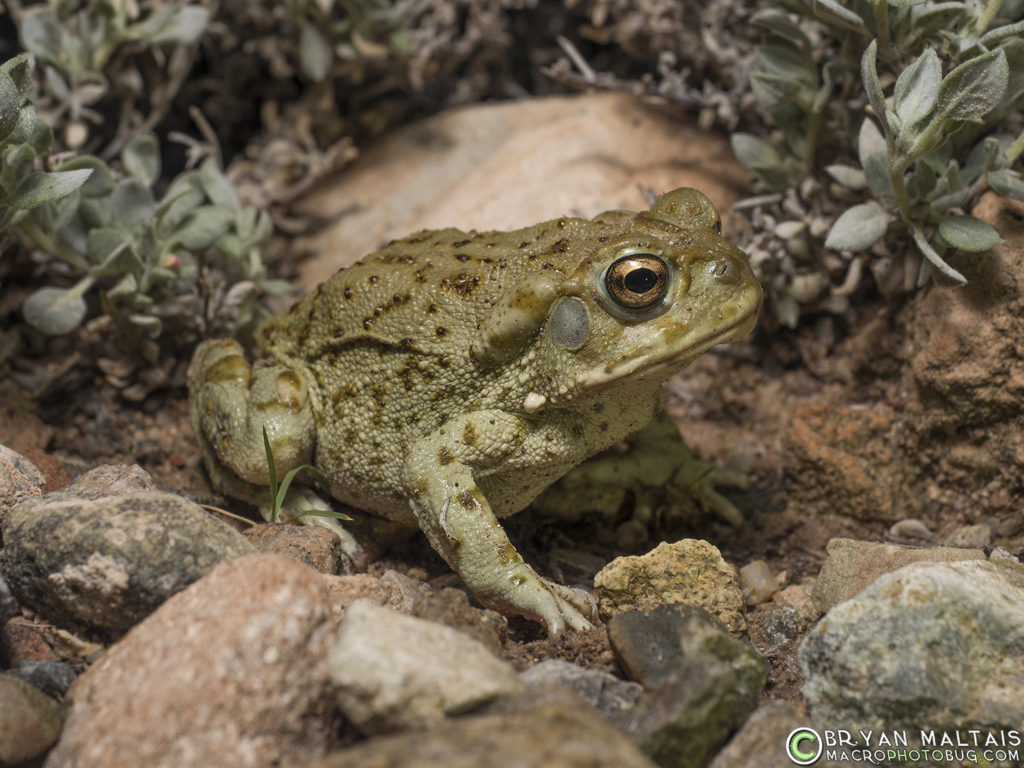
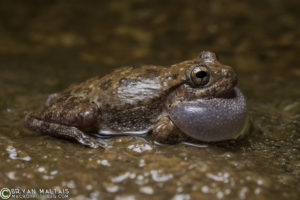
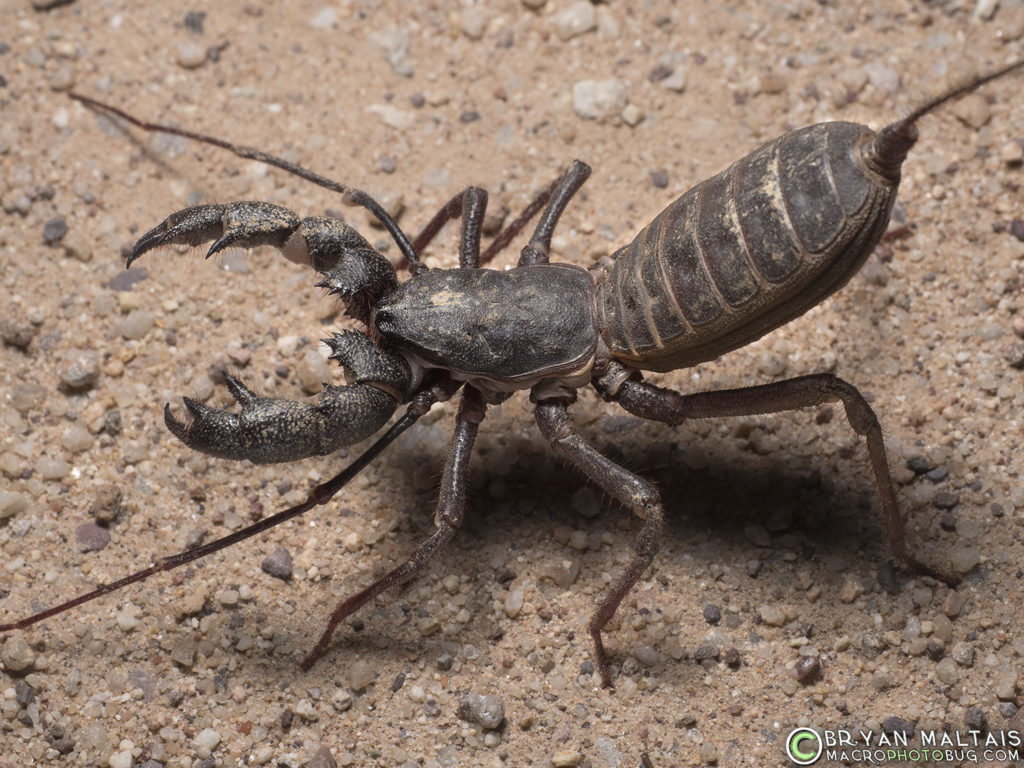
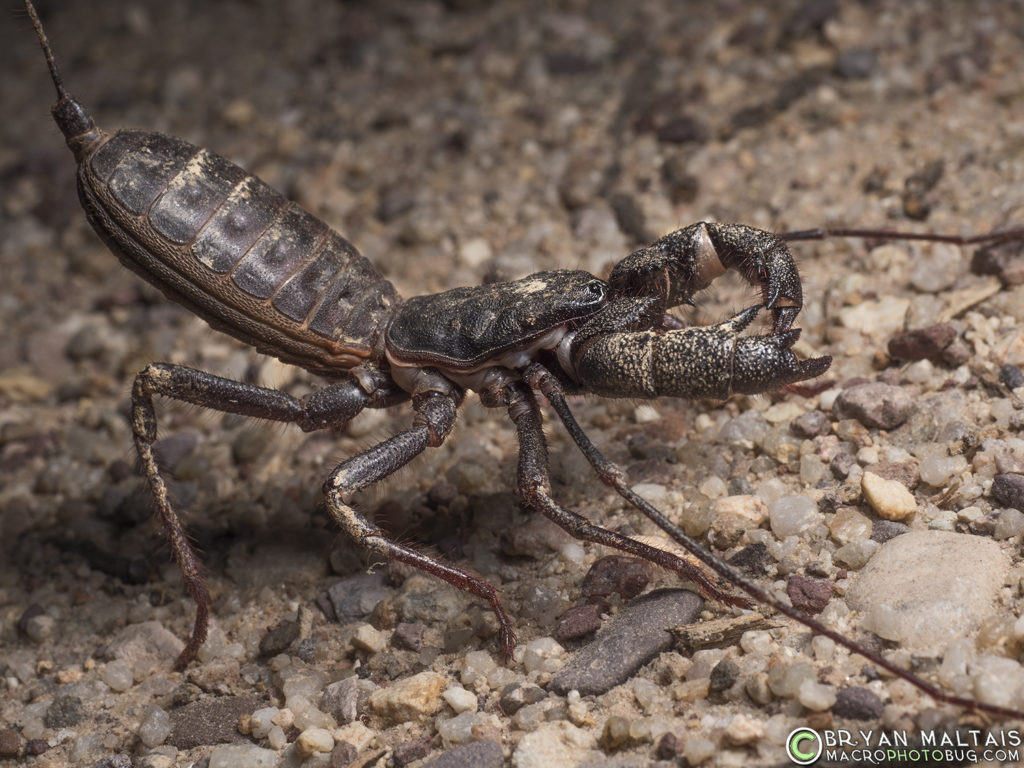
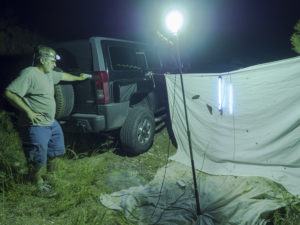
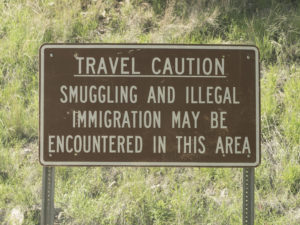
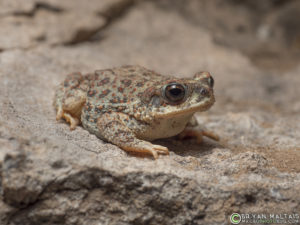
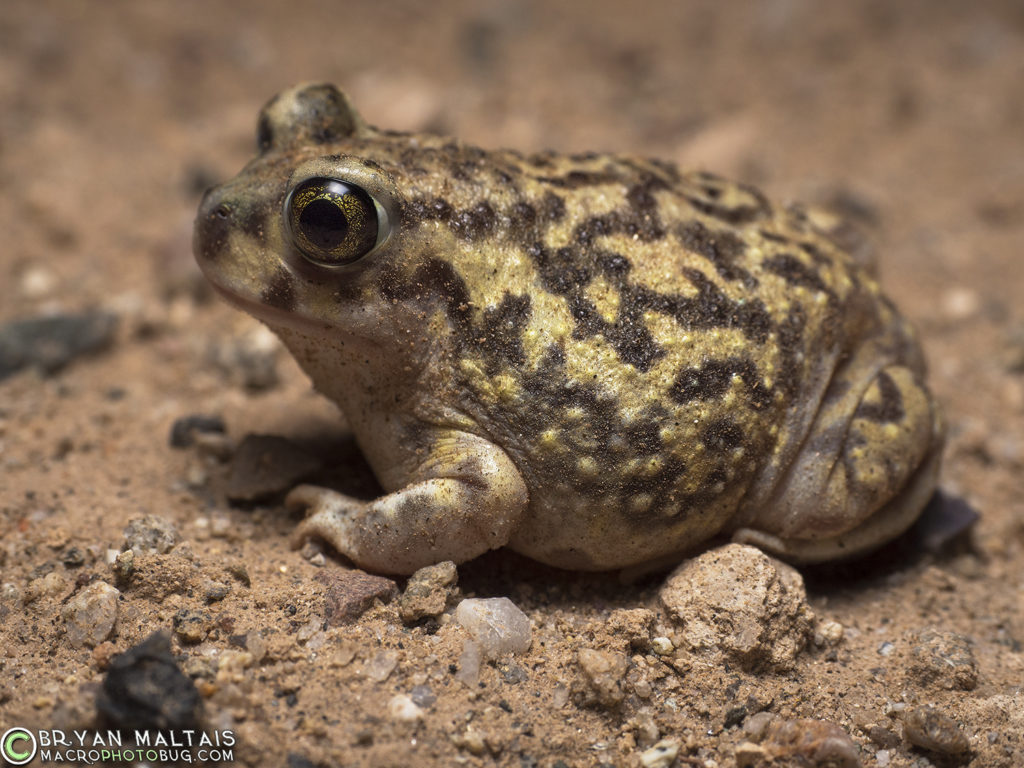
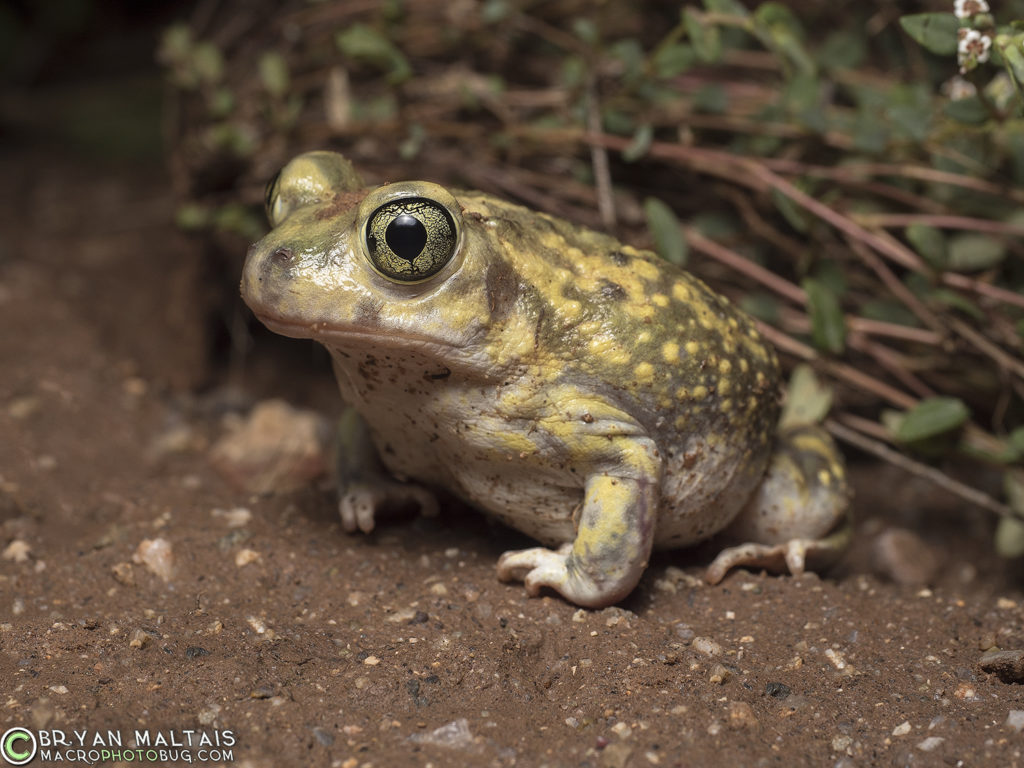
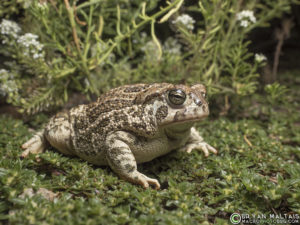
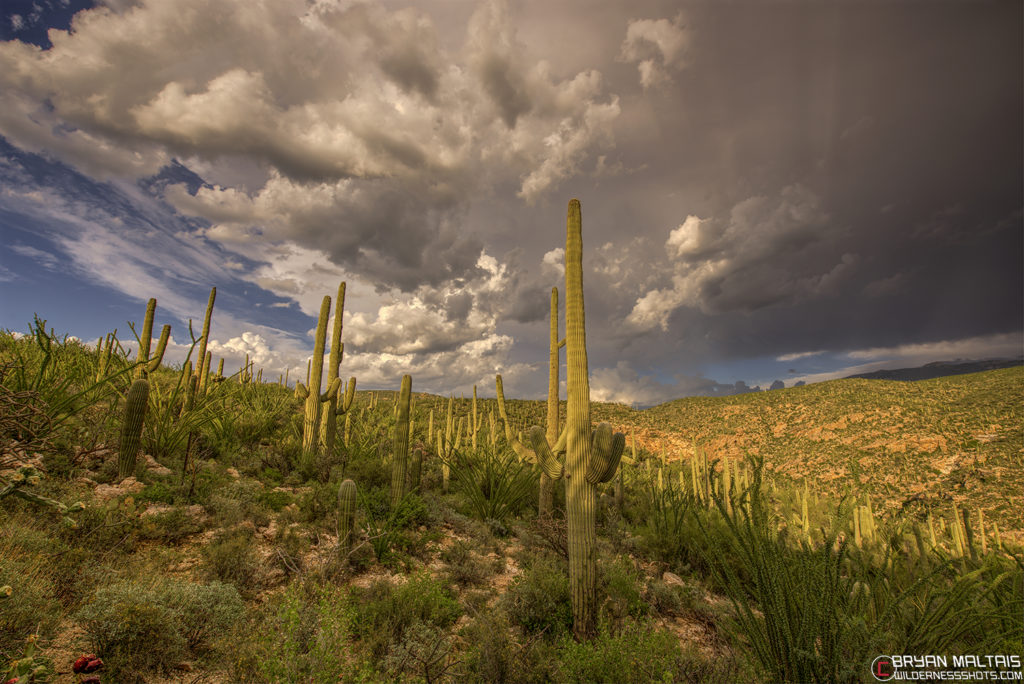

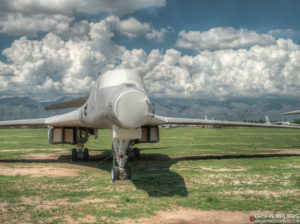


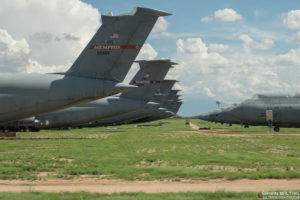
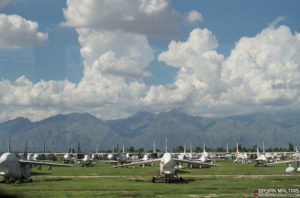
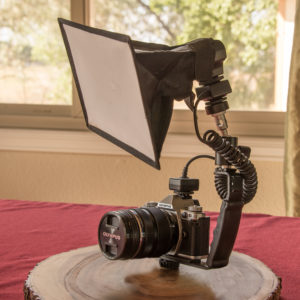

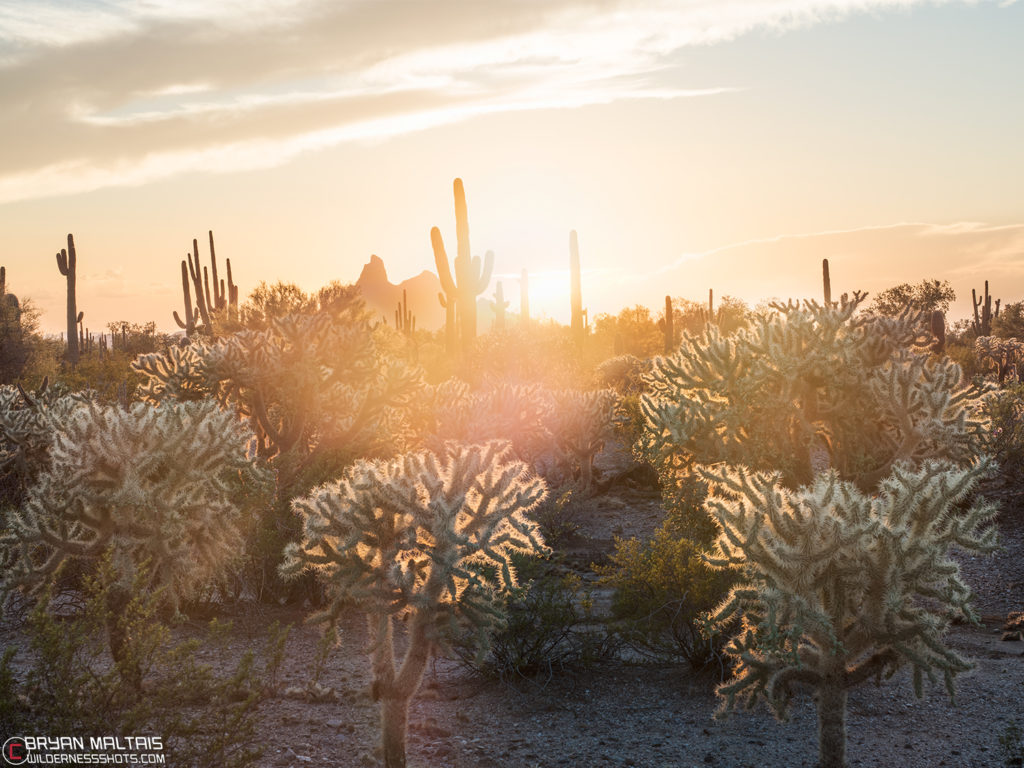
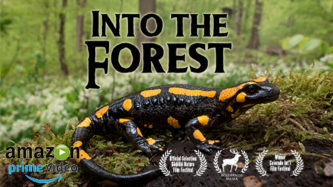

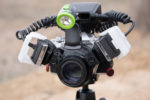
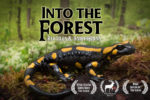
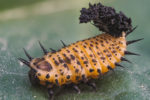
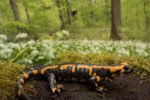
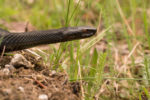
Great blog and freakin’ beautiful photos. Nice job.
Thank you BB!